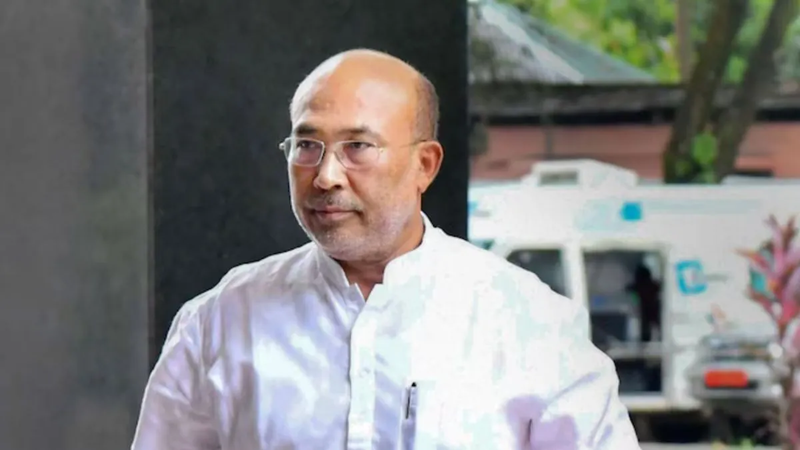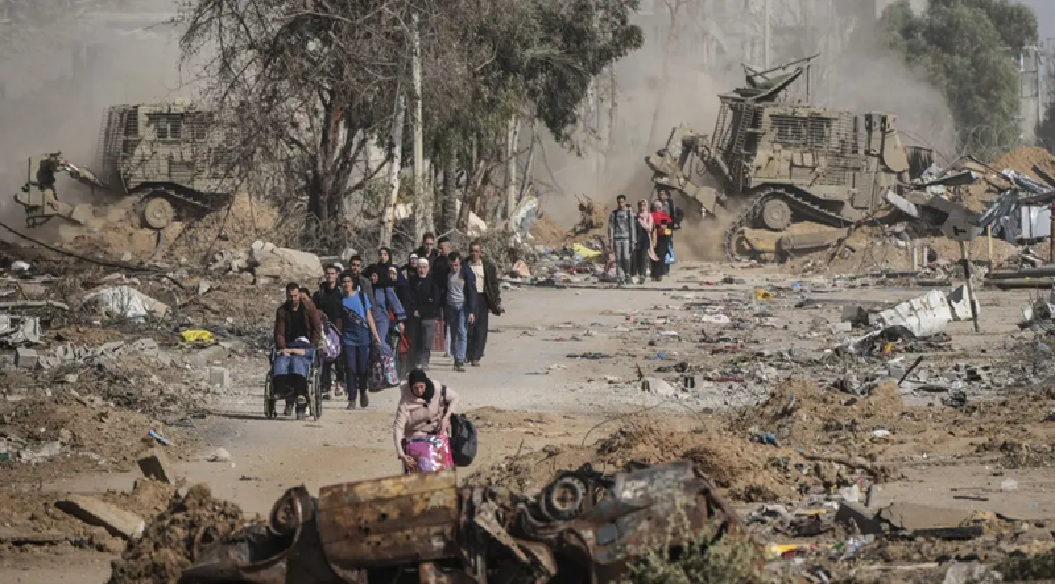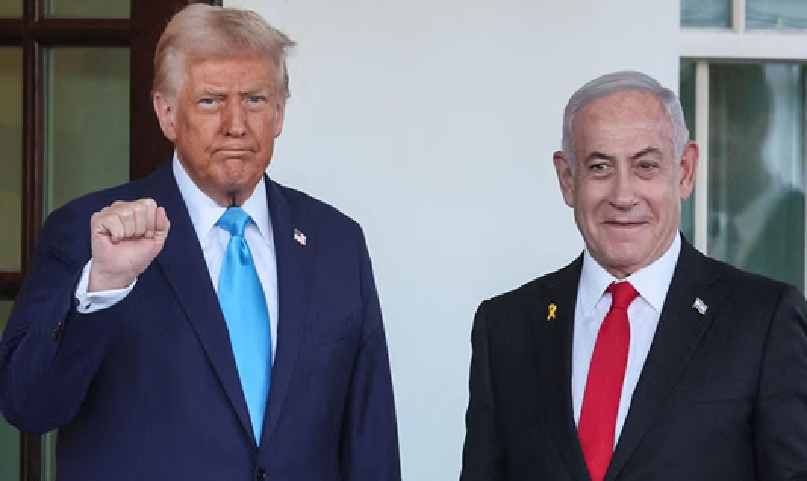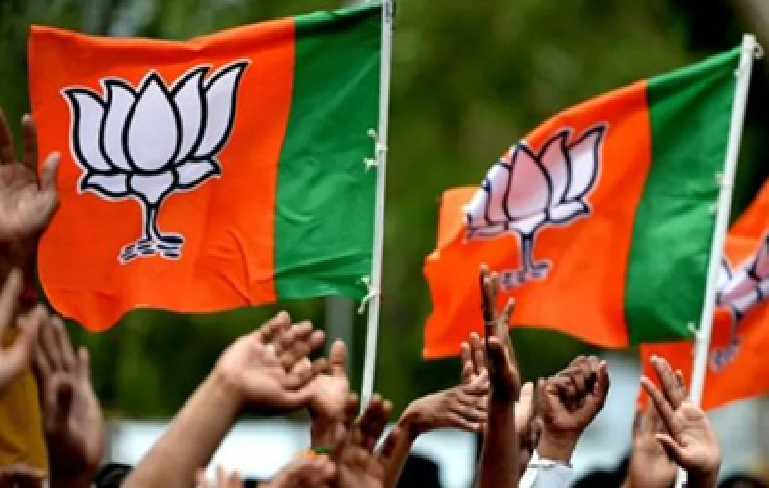.jpg)
BJP unlikely to win super majority
The Bharatiya Janata Party (BJP) is relying on the prime minister’s popularity as it seeks a super-majority in India’s parliament.
Its message has been straight: Modi has delivered economic growth, infrastructure upgrades and India’s improved standing in the world.
Opinion polls indicate Modi will win a rare third term when voting ends on June 1, but the BJP is aiming for a 400 mark in the Lok Sabha.
Only once in Indian history has a party crossed the 400 mark - when the Congress party romped to victory following the assassination of Indira Gandhi in 1984.
Three of the BJP’s key tactics in its quest for 400, identified by political analysts including a team of Reuters are: enlisting celebrity candidates to unseat veteran opposition lawmakers; making an assault on the opposition’s southern strongholds by appealing to minorities such as Christians; and exploiting redrawn political boundaries that bolster the Hindu electorate in some opposition-controlled areas in the north and north-east.
A combination of strategies, organisational commitment and tactical flexibility will help make BJP inroads in seats never held by the party ever before, BJP President J. P. Nadda, who oversees the party’s election strategy, is reported as having said in the media.
The prime minister has visited the five states of southern India several times to break the jinx of being touted as a North Indian-Pro-Hindi and Hindutva party.
Nadda, the BJP president, acknowledged that winning a supermajority would require performing well in the five southern states, which are home to about 20% of India’s population.
In 2019, the NDA won just 31 of 130 seats across Andhra Pradesh, Karnataka, Kerala, Tamil Nadu and Telangana, all linguistically diverse and having many Muslim and Christian voters.
The BJP has launched active contact with the Church in Kerala, where the party is yet to open its political account, and the party now has 11,000 active Christian members, a Reuters report stated.
After the Assembly election rout in Karnataka, BJP is pinning its hopes, as it has to capture all 28 seats in order to remain on track for its supermajority mark. It is facing an uphill task due to a combination of factors.
First, the Congress government is facing pro-incumbency, especially among women voters. Second, BJP is facing internal revolt with a senior leader fighting as an independent, and lastly it has drawn the ire of a prominent Lingayat seer.
Lingayats are a dominant community in Karnataka politics. Fielding celebrities and seeking the endorsement of entertainment personalities is relatively new for the BJP, which long resisted such tactics because of its cadre-based nature that prized grassroots efforts, however, it has fielded Kangana Ranaut in Himachal to break the Congress stronghold.
The NDA is hoping for gains in the north-eastern state of Assam based on a 2023 re- drawing of districts exercise in the state, where it won nine of 14 seats in 2019.
The percentage of Hindus in Barpeta district, in Assam, a traditional Congress stronghold and an earlier Muslim majority district, after the redrawing of the district lines, went up from 30% to 70%.
An investigative report published by Al-Jazeera in association with Reporters Collective India, for the first time, claimed that the Manipur ethnic conflict was far more than just a fight between the predominantly Hindu Meitei’s , and the Christian dominated Kuki-Zo people.
It was a state sponsored and supported carnage to influence and redraw the demographic profile for electoral gains, the report asserted. The BJP exercised similar tactics in J-K, India’s only Muslim majority state after abrogation of Article 370.
Three of Jammu and Kashmir’s five seats have a Muslim majority and are held by the opposition. BJP hopes to swing one of them; Anantnag-Rajouri, after the voter rolls swelled by more than 50% to over 2 million, according to government data.
 English daily published in Bengaluru & Doha
English daily published in Bengaluru & Doha






